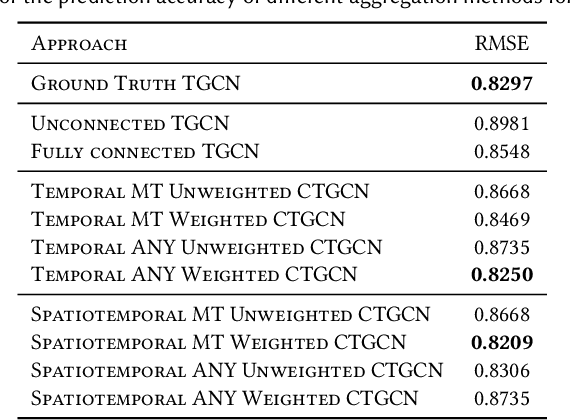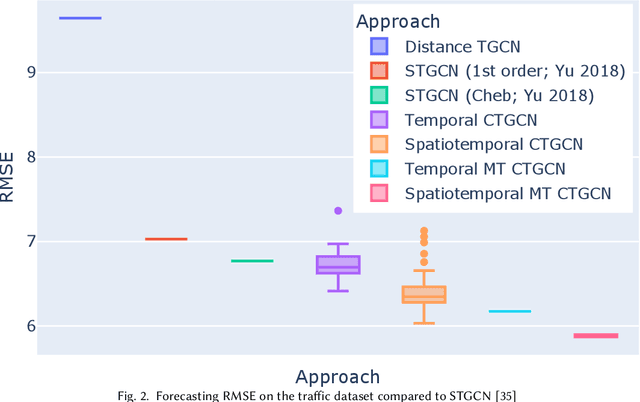Amadou Ba
Leveraging Interpretability in the Transformer to Automate the Proactive Scaling of Cloud Resources
Sep 04, 2024



Abstract:Modern web services adopt cloud-native principles to leverage the advantages of microservices. To consistently guarantee high Quality of Service (QoS) according to Service Level Agreements (SLAs), ensure satisfactory user experiences, and minimize operational costs, each microservice must be provisioned with the right amount of resources. However, accurately provisioning microservices with adequate resources is complex and depends on many factors, including workload intensity and the complex interconnections between microservices. To address this challenge, we develop a model that captures the relationship between an end-to-end latency, requests at the front-end level, and resource utilization. We then use the developed model to predict the end-to-end latency. Our solution leverages the Temporal Fusion Transformer (TFT), an attention-based architecture equipped with interpretability features. When the prediction results indicate SLA non-compliance, we use the feature importance provided by the TFT as covariates in Kernel Ridge Regression (KRR), with the response variable being the desired latency, to learn the parameters associated with the feature importance. These learned parameters reflect the adjustments required to the features to ensure SLA compliance. We demonstrate the merit of our approach with a microservice-based application and provide a roadmap to deployment.
Causal Temporal Graph Convolutional Neural Networks (CTGCN)
Mar 16, 2023



Abstract:Many large-scale applications can be elegantly represented using graph structures. Their scalability, however, is often limited by the domain knowledge required to apply them. To address this problem, we propose a novel Causal Temporal Graph Convolutional Neural Network (CTGCN). Our CTGCN architecture is based on a causal discovery mechanism, and is capable of discovering the underlying causal processes. The major advantages of our approach stem from its ability to overcome computational scalability problems with a divide and conquer technique, and from the greater explainability of predictions made using a causal model. We evaluate the scalability of our CTGCN on two datasets to demonstrate that our method is applicable to large scale problems, and show that the integration of causality into the TGCN architecture improves prediction performance up to 40% over typical TGCN approach. Our results are obtained without requiring additional domain knowledge, making our approach adaptable to various domains, specifically when little contextual knowledge is available.
 Add to Chrome
Add to Chrome Add to Firefox
Add to Firefox Add to Edge
Add to Edge